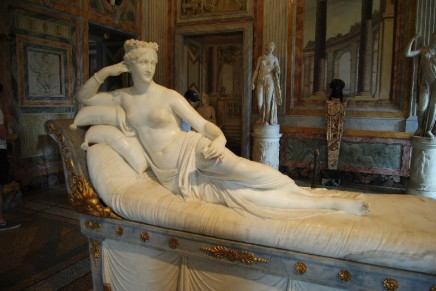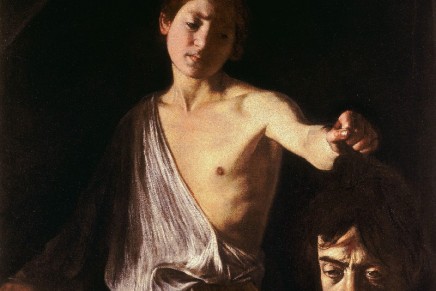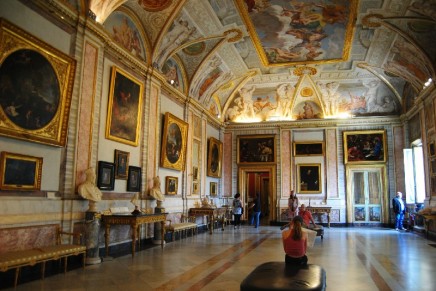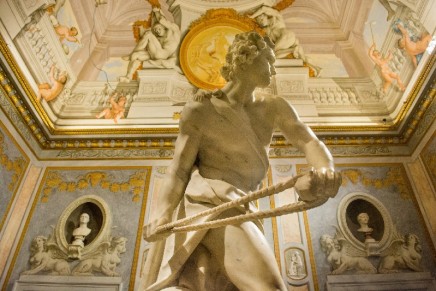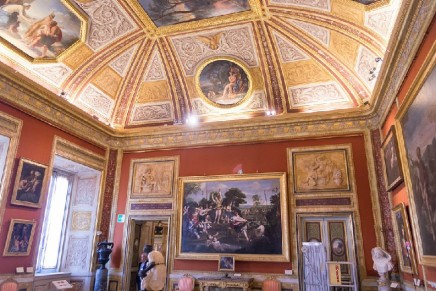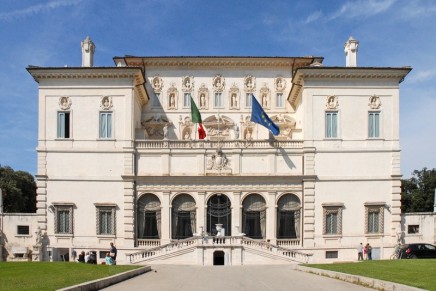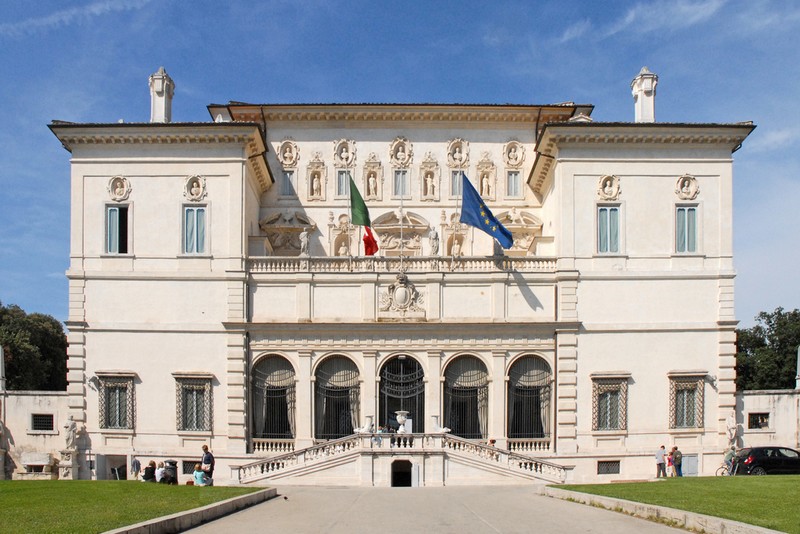
Villa Borghese; image by Jean-Pierre Dalbéra [CC BY-SA 2.0 (https://creativecommons.org/licenses/by-sa/2.0)], via Flickr
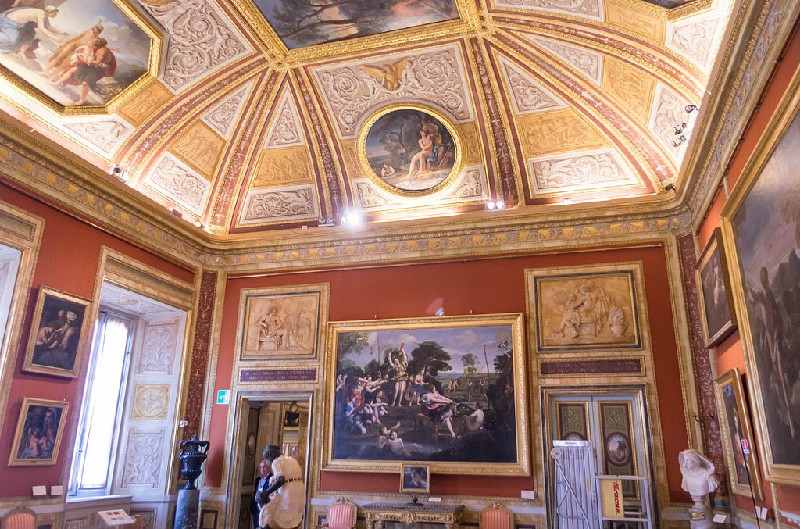
Paintings in Borghese Gallery; Image by Antoine Taveneaux (Own work) [CC BY-SA 3.0 (https://creativecommons.org/licenses/by-sa/3.0)], via Wikimedia Commons
Be careful to not miss a thing!
Indeed, as the collection is so rich as well as the walls and ceilings of this incredible Villa, the best solution is to book the Borghese Gallery Museum tour that will make you enjoy the paintings of Caravaggio, Correggio, Tiziano and Raffaello, the sculptures of Bernini and Canova, the frescoes inside the Casina Borghese along with some secrets and stories behind this magnificence, to end up then in the equally full of treasures garden of the Villa, the green heart of Rome.
Moreover, the Borghese Gallery has a deposit of 260 paintings, ordered for painting schools and thematic areas, in a separated part of the building that can be visited by paying a specific ticket. It also hosts temporary expositions and special events during the entire year.
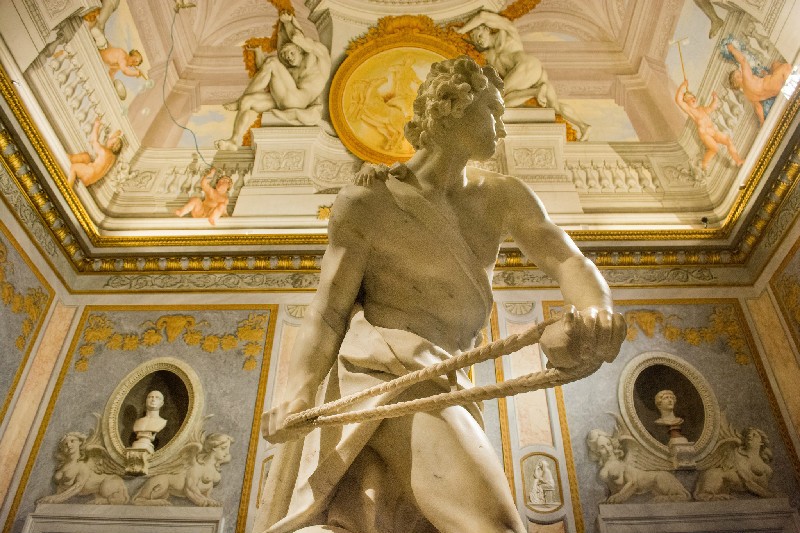
By Alex Balzanella [CC BY-SA 2.0 (https://creativecommons.org/licenses/by-sa/2.0)], via Flickr
The Rules of Villa Borghese
First consider that the disposition of all the pieces of art inside this museum does not follow a period and/or subject criteria but, as it was a private collection, it represents the tastes and aims of the Borghese family, particularly of Cardinal Scipione Borghese that originally imagined it as a place of culture, study and contemplation.
Further, it is not permitted to bring bags, umbrellas, cameras and cumbersome articles inside the Gallery, but there is a check room for keeping all of this safe and sound until the end of your visit. Inside the Borghese gallery, also cell phones must be turned off. Therefore you will get a couple of hours not only back in the history of art but also out of the social media life!
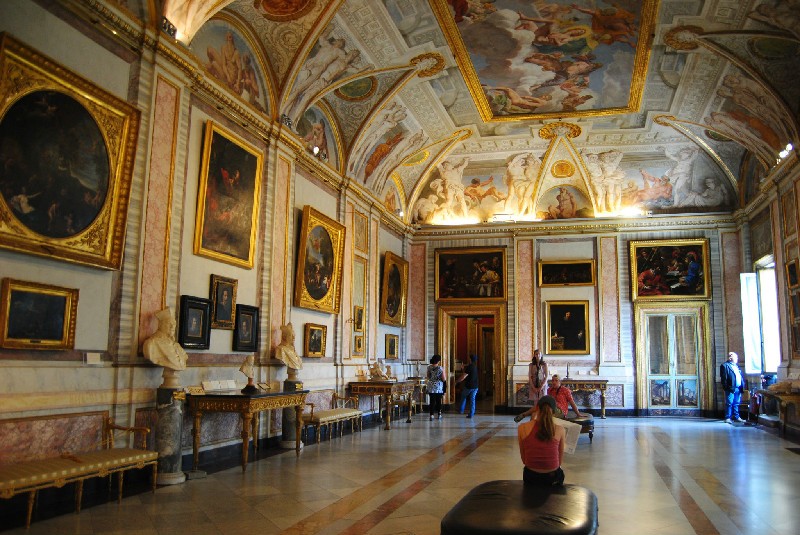
By Ana Rey [CC BY-SA 2.0 (https://creativecommons.org/licenses/by-sa/2.0)], via Flickr
Some curiosities to be ready to go!
You might be asking yourself how this family made it to have all of these masterpieces from that time most famous artists. It is something that has to do with power, of course!
In 1605, Cardinal Scipione Borghese bought the Caravaggio’s painting Madonna dei Palafrenieri which had originally been commissioned by the homonymous Arciconfraternita for its own altar dedicated to St. Anne inside St. Peter Basilica. The painting was shortly removed for uncertain reasons, not excluding the refusal of the Pope himself, and became property of the Cardinal. In 1607, he also took advantage of the requisition of 107 paintings to Giuseppe Cesari, aka Cavalier d’Arpino, and during the night between the 18 and 19 March 1608 he had The Deposition of Raffaello stolen from the Baglioni Chapel in St. Francis Church, in Perugia, with the complicity of the Friars, and officially assigned to him by the Pope.
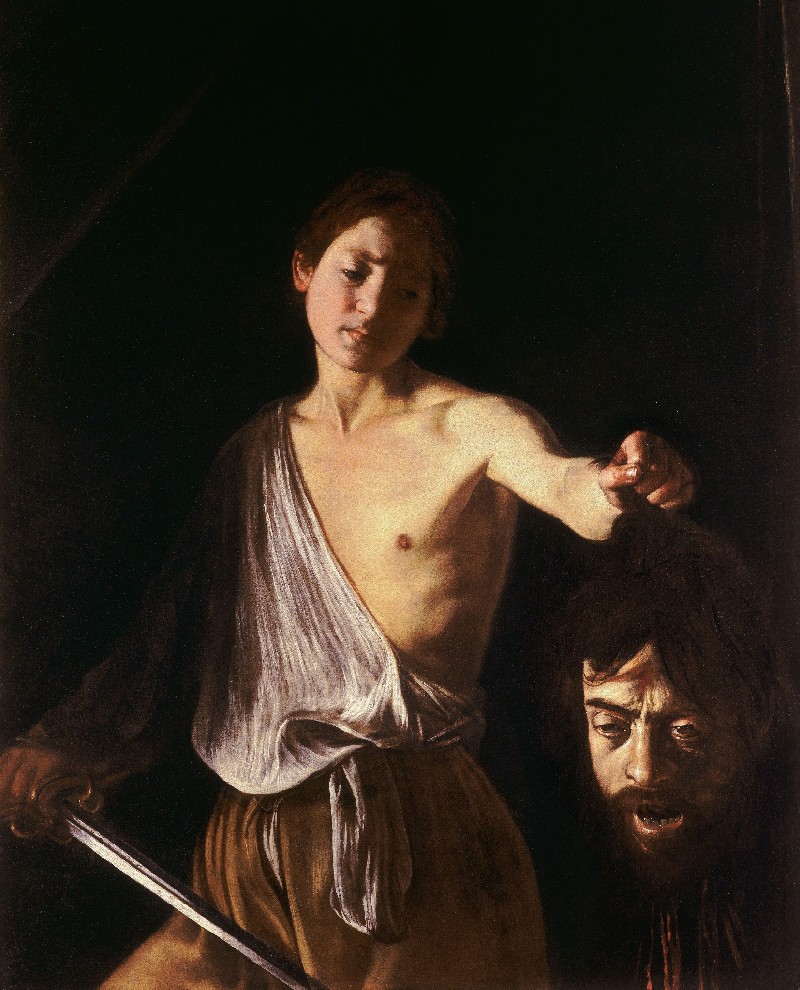
Caravaggio “Davide con La Testa Golia” https://upload.wikimedia.org/wikipedia/commons/6/60/Caravaggio_-_David_con_la_testa_di_Golia.jpg
In 1609, Caravaggio made the painting David with the Head of Goliath, which contains a self-portrait of the painter in the head of the giant, for the Cardinal. In fact, he was trying to obtain the grace of the Pope for his death sentence after the murder of Ranuccio Tomassoni.
Furthermore, the sculptures realized by Gian Lorenzo Bernini between 1615 and 1623 as well as the one realized by Canova, centuries later, portraying Paolina Bonaparte, married to Camillo Borghese after the pressure of Napoleon Bonaparte who was interested in the huge collection of the family, part of which was then forcedly sold to him and is nowadays located in the Louvre Museum.
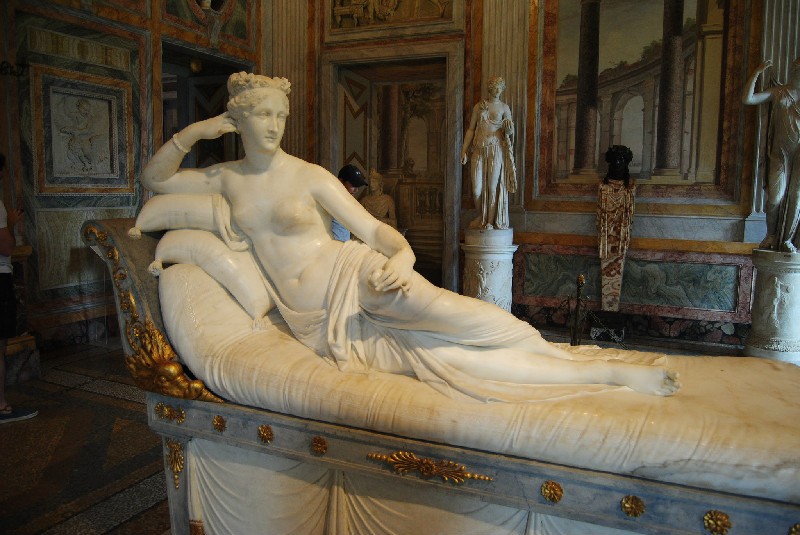
Sculpture of Paolina Bonaparte; By Ana Rey [CC BY-SA 2.0 (https://creativecommons.org/licenses/by-sa/2.0)], via Flickr

